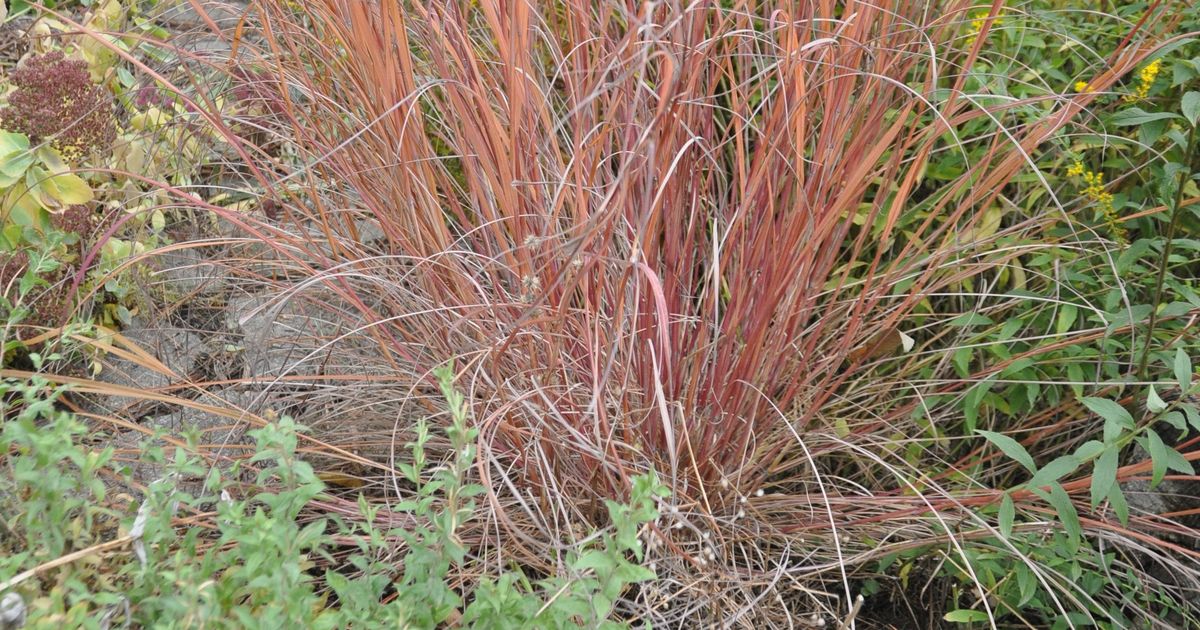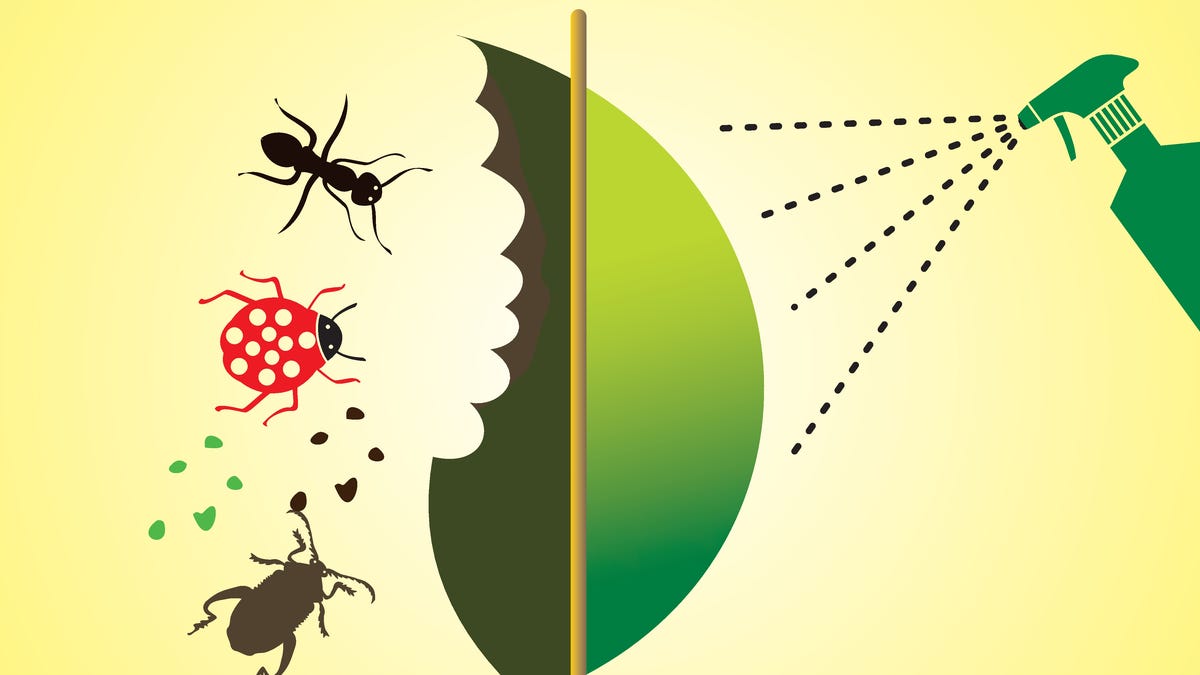It’s been a long, beautiful fall this year. The cool weather tripped the trees to color up and then hold their leaves for a beautiful show of reds, oranges and yellows.
Tree leaves aren’t the only fall show stoppers for color, though. This is the time of year when ornamental grasses take off where the trees left off.
All through the summer, ornamental grasses have added life to our gardens, providing strong upright and mounding elements to the garden. Their fine texture softens bolder textured perennials and shrubs. They catch the wind blowing through the garden, adding a sense of movement and sound most other plants can’t provide.
When fall frosts come around, the grasses come into their glory as they take on shades of gold, rust, purple, orange and yellow. Their seed heads seem to float on the breeze, adding even more texture to the garden. The low angle of the sun often backlights the clumps throwing their color all over the garden.
Even after the colors fade, ornamental grasses left standing over the winter continue to add texture until heavy snow knocks them flat. In this state, they still provide seed sources for foraging winter birds and after collapsing provide shelter for any number of critters seeking protection from the weather.
Ornamental grasses come in many shapes and sizes, so there are grasses that will fit any size garden. Here are a few of my favorites.
Karl Forester feather reed grass. This grass is easy to spot because of its upright growth habit and tall straight seed heads. The grass takes on a tan, green color in the fall while the seed heads stand out in a straw color. Its narrow growth habit makes it perfect for narrow spaces in the garden and as a hedge plant to mark boundaries.
Little bluestem. There are many cultivars of this grass that form upright but fan-shaped clumps that turn a burgundy color in October topped with reddish-brown seed heads that age to sliver-white into the winter. It is stunning when planted next to the yellow of late blooming goldenrod. It is drought tolerant when established.
Japanese forest grass. If you have a shady garden then Japanese forest grass should be your go-to grass. It comes in waterfall-like clumps of soft yellow or green leaves that age to tan after a hard frost. Its color and texture create focal points that can help highlight other plants around it.
‘Beyond Blue’ blue fescue and blue oat grass. These two evergreen grasses don’t change color in the fall, but their frosty blue colors provide the perfect foil of other grasses and perennials. Beyond Blue forms a foot-tall mound of spiky frosty blue leaves and is perfect for edging beds or planting at the foot of taller grasses. Blue oat grass forms a 2-foot-tall fan-shaped clump of gray-green leaves that sets off the fall color of other grasses. Both grasses are drought tolerant once established.
Best of all, ornamental grasses are deer resistant.









